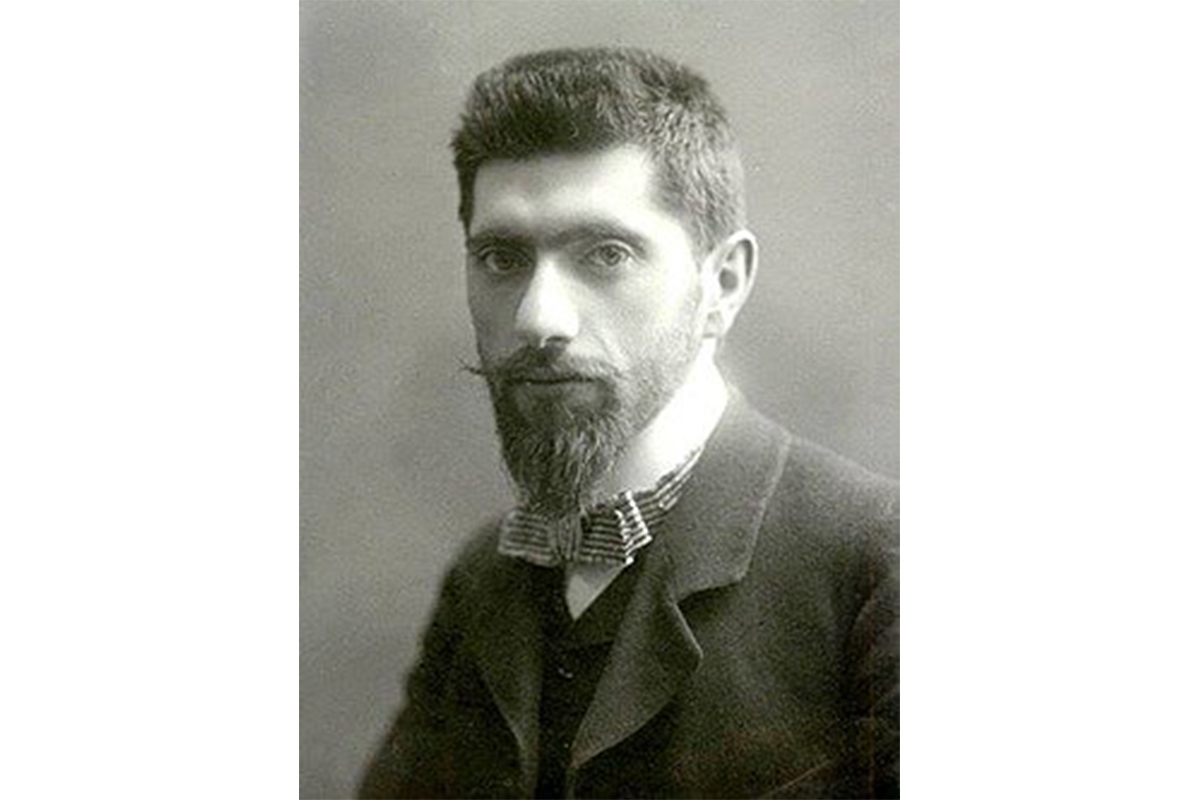


Alexander Tamanian was born in 1878 in Yekaterinodar (now Krasnodar). He was the founder of new Armenian architecture. In 1904 he graduated from the Higher Art School of St. Petersburg Academy of Arts. In 1917 he was the Chairman of the Board of the Russian Academy of Arts. In 1904-1906, he authored his first work – Reconstruction of St. Catherine’s Armenian Church in St. Petersburg (architect: Yu. Felten, 1779). Following Nikolai Marr’s excavations in Ani, Tamanian designed the Ani Museum in 1908, which unfortunately was not brought to life. In 1919, he moved to Yerevan, in 1921- to Iran. In 1923 he was invited to Armenia. Tamanian was the Chairman of CPC Supreme Technical Department, from 1923 – the Vice Chairman of the State Planning Committee, from 1924 – the Chairman of Committee for the Protection of Monuments, then the Chairman of the Society of Fine Arts Workers of Armenia. His first architectural work in Armenia was one of the phenomena that initiated Soviet urban development: Yerevan Master Plan (for 150,000 residents, approved in 1924), the ideas of which served as the basis for subsequent plans of the RA capital. In 1934, the layout plan of the “Great Yerevan” (for 500 thousand residents) started, which remained unfinished. In 1925-33, he drew up the plans for Gyumri, Vagharshapat, Stepanakert, Nor Bayazet (now Gavar), Akhta (now Hrazdan) and other settlements. His designs and constructions in Yerevan include: the Anatomical Room of the Medical Institute, the Observatory, the buildings of Yerevan Veterinary Medicine and Animal Husbandry Institute, YPI, the public library, etc.. He was recognized as a great master of architecture due to the Yerevan Master Plan, as well as the buildings of Yerevan Hydroelectric Power Plant, the Opera and Ballet Theater, the RA Government House and the Great Concert Hall. The Government House and the building of the Opera Theater and Concert Hall pre-determined and composed the solutions of the most important city-planning nodes of Yerevan: the first was the construction of the Ensemble of the Republic Square, the second – the construction of the surrounding space of the Theater and one of the main highways – Northern Avenue. In 1914, Tamanian was awarded with the rank of Academician of Architecture, in 1926 – the honourary title of People’s Architect of Armenia. Tamanian died in Yerevan. A street with a monument in Yerevan (1974), the Construction Technical School (1953), the House of the Union of Architects of Armenia (1978), the Museum-Institute (2001) were named after Tamanian. In 2001, the Union of Architects of Armenia established a gold medal named after Tamanian.